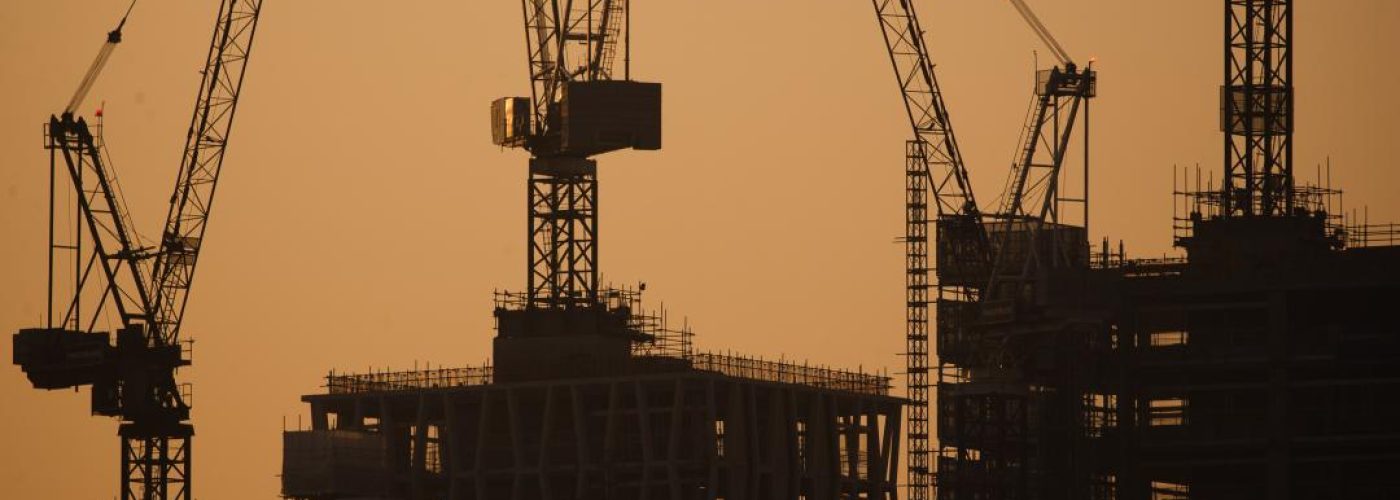The pandemic has impacted almost every industry in one way or another, and while construction firms were allowed to continue in times when others weren’t, the period has still proven challenging. But with a recent uptick in activity and a wider return to normality on the horizon in the UK, optimism is building for the sector’s recovery.
This cautious confidence comes on the back of a significant contraction in output in the first half of 2020. Even after the government stated construction work should resume with new safety measures in place, commercial activity has been slower to bounce back due to retail store closures and uncertainty around the future of offices.
At the same time, areas such as private housing have been more buoyant due to pent-up demand and government incentives such as the stamp duty holiday. So what does the road ahead look like for the construction industry overall?
Forecasts of recovery
Private housing work is expected to remain strong throughout 2021 and into 2022 thanks to factors such as the rise in homeworking and homeowners reinvesting pandemic savings.
Public housing output is also due a boost thanks to a backlog in cladding safety work. But these aren’t the only reasons behind the industry’s hopeful outlook.
Commercial projects and infrastructure work have also displayed growth as the UK prepares to fully reopen for business on the back of a so-far successful vaccination campaign. Examples include HS2, one of the largest construction projects currently underway in Europe, and various offshore wind and nuclear works.
In fact, the surge in construction activity between February and March of this year was the largest in any month since September 2014.
Potential bumps in the road
Despite the positives mentioned above, construction output is still only projected to reach pre-pandemic levels in 2022. The industry’s recovery is also somewhat reliant on a wider economic resurgence – which could still be dampened by new Covid variants and a rise in unemployment when the furlough scheme finally ends.
There is then the worry that construction firms will have to deal with a potential global shortage of goods and materials as other industries and nations lag behind. Increased import costs and timeframes linked to Brexit are also looming large for many companies.
Those in commercial sectors will also be waiting nervously to observe to what extent there is a return to office work. Onno Adriaansens, co-chair of the European Real Estate Group at global consultancy firm RSM, asks:
“If office demands get scaled back, what happens to the thousands of half-built high rises all over the world? Do we convert them to residential? Whatever the case, real estate cannot simply ‘get through’ the COVID-19 crisis without a significant evolution.”
Ultimately several questions like this remain. But for the time being at least, the future looks reassuringly bright for the UK’s construction industry.





